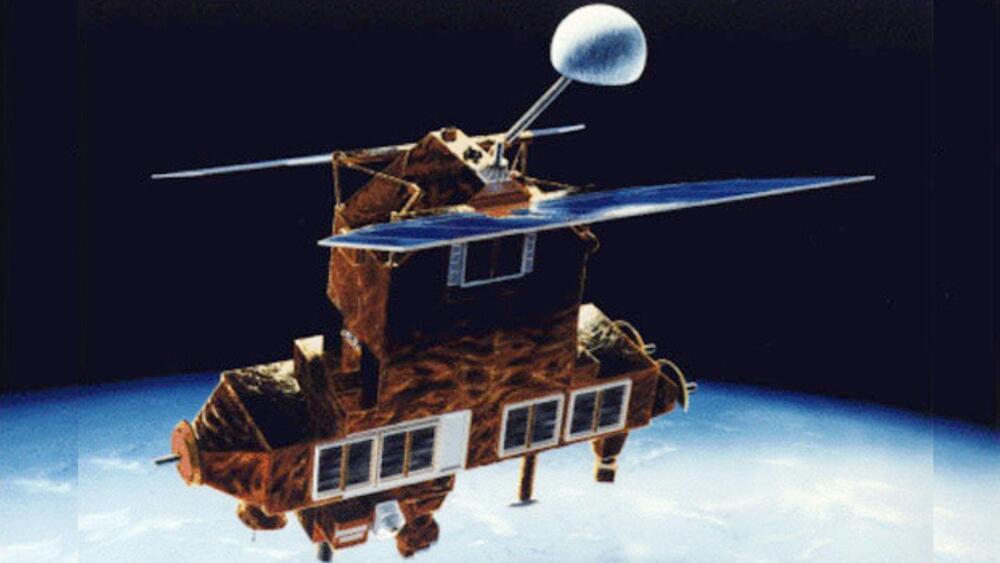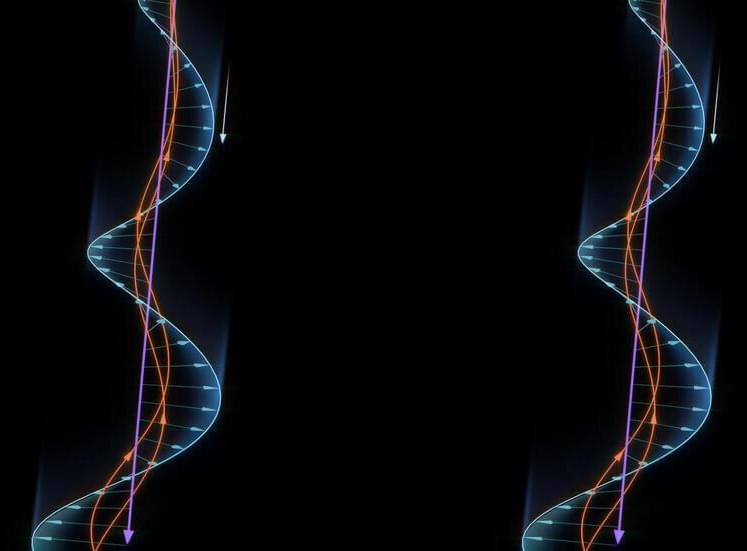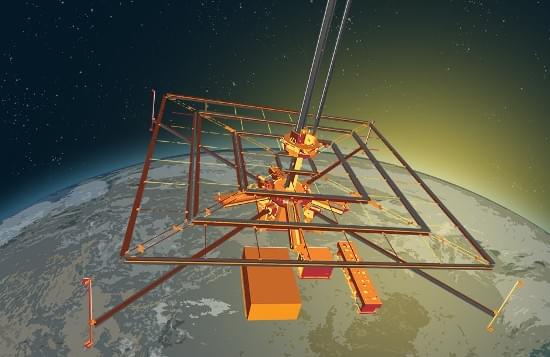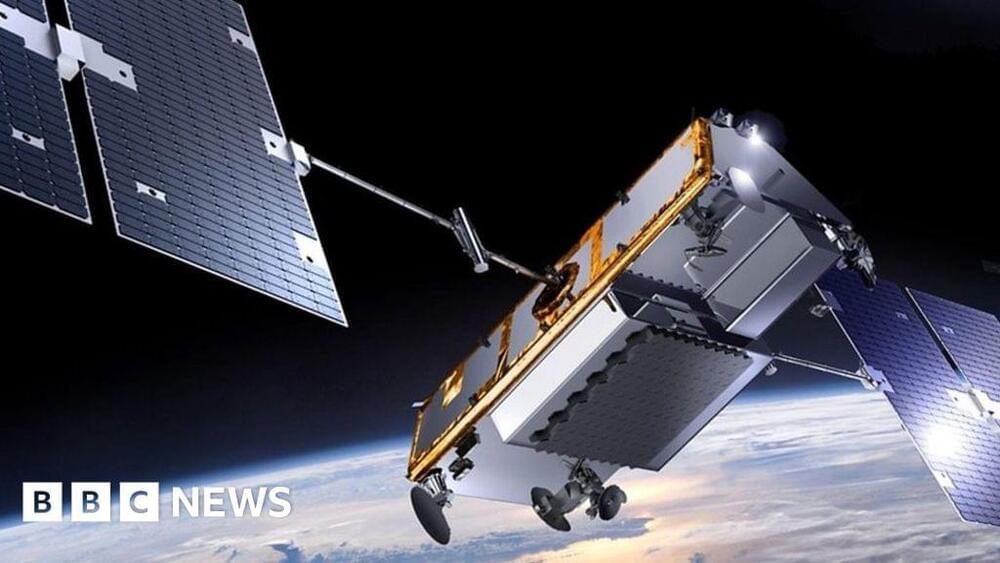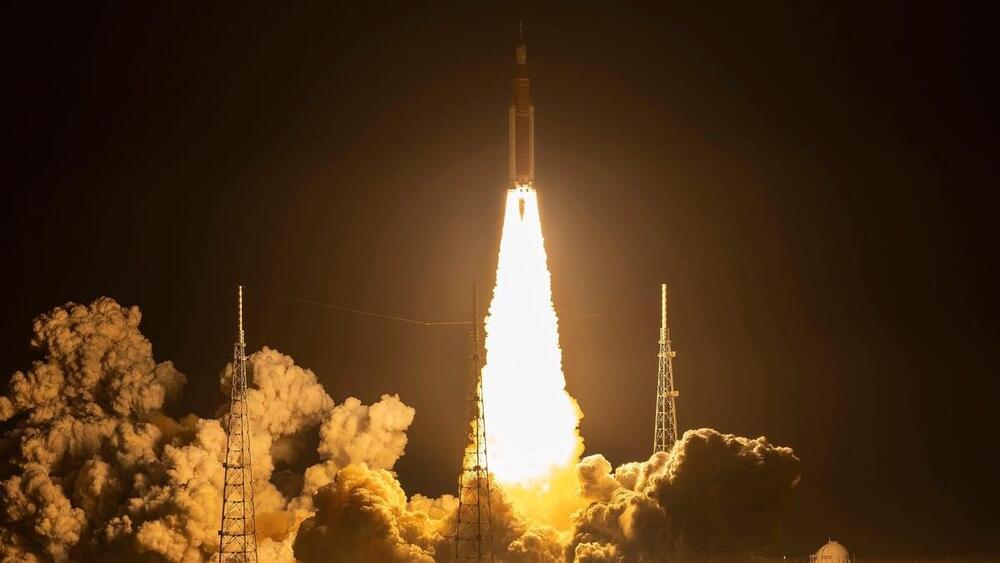A modified Boeing 747 aircraft, nicknamed Cosmic Girl, will launch a rocket from under its wing around midnight local time.
S SpaceX works towards the first orbital launch of its fully reusable Starship rocket, Sir Richard Branson’s Virgin Orbit is looking to perform the first-ever orbital launch from British soil.
If all goes to plan, the Virgin Orbit launch will kickstart an exciting year for the British space industry.
Virgin Orbit / Twitter.
The company, an offshoot of Virgin Galactic, will use a repurposed 747 jumbo jet tonight, Jan. 9, to launch nine satellites into orbit. The launch is set to take place just before midnight GMT from Newquay Airport in Cornwall in the south of England, as per the BBC.
